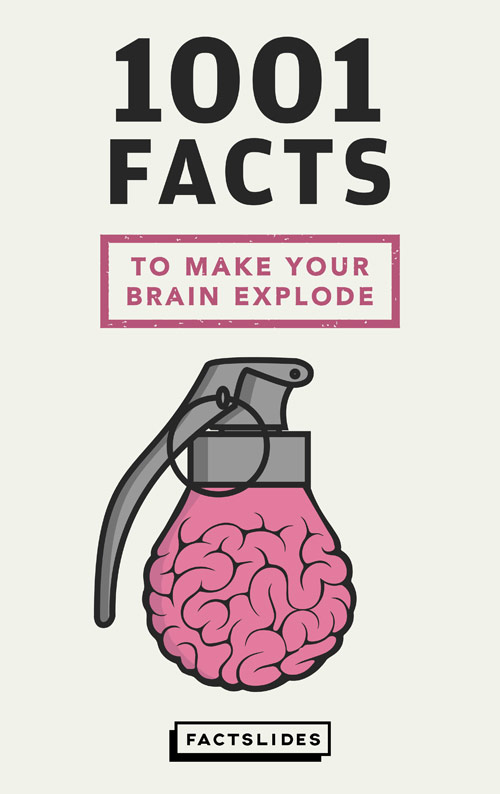- Volcanoes are openings in the crust of the earth that allow hot lava, volcanic ash, and gases to escape from a magma chamber below the surface.
- The word "volcano" comes from "Vulcan", the god of fire in Roman mythology.
- Volcanoes are usually found where some of the earth's tectonic plates are diverging or converging, mostly underwater.
- Large volcano eruptions affect temperature, obscure the sun with ash and sulfuric acid, while also cooling the Earth's lower atmosphere.
- Earthquakes, hot springs, fumaroles, mud pots and geysers often accompany volcanic activity.
- A popular way of classifying magmatic volcanoes is by their frequency of eruption: active (regular activity), dormant (recent historical activity but now quiet) or extinct (no activity in historical times and unlikely to erupt again). However, scientists are more likely to describe them by others characteristics, such as their shape, how they formed or how they erupt.
- Some of the Earth's most "active" volcanoes include the Kīlauea, Mount Etna and the Mount Yasur, in Vanuatu, which has been erupting almost continuously for about 800 years.
- About 500 million people live near active volcanoes around the world.
- While many Volcanoes have summit craters, others have rugged peaks formed by lava domes or even massive plateaus.
- The molten rock expelled through an eruption, at temperatures from 1,292 to 2,192 °F (700 to 1,200 °C), is called lava.
- Water vapor is the most abundant volcanic gas, along with sulfur dioxide and carbon dioxide.
- The 1815 eruption of Mount Tambora, in Indonesia, was the largest in recorded human history. It created such global climate anomalies that 1816 became known as the "Year Without a Summer". Agricultural crops failed and livestock died resulting in one of the worst famines of the century.
- The Permian–Triassic mass extinction, 252 million years ago, might have been caused by massive volcanic eruptions.
The southernmost active volcano on Earth is in Antarctica. It spews crystals and is very close to the U.S. Research Center.
♦ SOURCE
♺ SHARE
On April 1, 1974, black smoke was seen rising from Mount Edgecumbe, a volcano in Alaska. When a Coast Guard pilot came closer to investigate, he found 70 tires burning and the words "APRIL FOOL" spray painted into the snow.
♦ SOURCE
♺ SHARE
In 1600, a volcano eruption in Peru caused a famine that killed about 2 million people in Russia.
♦ SOURCE
♺ SHARE
The Japanese authorities constructed a fence around a volcano at Mount Mihara to stop a trend of over 2000 people committing suicide by jumping in.
♦ SOURCE
♺ SHARE
The eruption of the Krakatoa volcano in Indonesia is believed to be the reason why the sky is red in Edvard Munch's painting "The Scream", set in Norway.
♦ SOURCE
♺ SHARE
In 1943, a fissure opened in a farmer's cornfield in Mexico, growing into a five story tall volcano in only a week and up to 1,100 feet after a year.
♦ SOURCE
♺ SHARE
No other country in Europe has as many volcanoes as Italy: the peninsula stands on a fault line.
♦ SOURCE
♺ SHARE
In 1986, a volcanic lake in Cameroon, Africa burped a C02 gas cloud that killed 1,746 people in minutes.
♦ SOURCE
♺ SHARE
Some volcano eruptions are capable of creating powerful electrical charges that can lead to bolts of lightning as large as two miles long.
♦ SOURCE
♺ SHARE
The volcanic system beneath Yellowstone holds
enough lava to fill 11 Grand Canyons.
♦ SOURCE
♺ SHARE
There are about 1,500 active volcanoes in the world.
♦ SOURCE
♺ SHARE
The extreme sport of "Volcano surfing" was invented in 2004 at Cerro Negro, Nicaragua.
♦ SOURCE
♺ SHARE
75% of the world's active and dormant volcanoes are in the Ring of Fire, an area in the basin of the Pacific Ocean.
♦ SOURCE
♺ SHARE
The Masaya Volcano located in Managua, Nicaragua, is getting Wi-Fi. Researchers are installing it to better predict the volcano's eruptions.
♦ SOURCE
♺ SHARE
The largest volcanic region on Earth is two kilometres below the surface of the vast ice sheet that covers west Antarctica, where at least 136 volcanoes are located.
♦ SOURCE
♺ SHARE



















